Increasing Regulatory Pressures
Regulatory frameworks are becoming increasingly stringent, driving growth in the Precious Metals E-Waste Recovery Market. Governments are implementing policies aimed at reducing electronic waste and promoting recycling. For example, the introduction of extended producer responsibility (EPR) regulations mandates manufacturers to take responsibility for the entire lifecycle of their products, including end-of-life disposal. This has led to a rise in demand for e-waste recovery services, as companies seek to comply with these regulations. The market is projected to grow as more countries adopt similar policies, creating a favorable environment for recovery operations. Compliance with these regulations not only mitigates legal risks but also enhances corporate reputation, further fueling the demand within the Precious Metals E-Waste Recovery Market.
Economic Incentives for E-Waste Recycling
Economic factors play a crucial role in shaping the Precious Metals E-Waste Recovery Market. The rising prices of precious metals, such as gold and silver, create a strong financial incentive for the recovery of these materials from electronic waste. As the value of recovered metals increases, the profitability of e-waste recycling operations improves, attracting investment into the sector. Additionally, various governments are offering financial incentives and subsidies to promote e-waste recycling initiatives, further stimulating market growth. This economic landscape suggests that the Precious Metals E-Waste Recovery Market is poised for expansion, as both private and public sectors recognize the financial benefits associated with sustainable e-waste management.
Technological Innovations in E-Waste Recovery
The Precious Metals E-Waste Recovery Market is experiencing a surge in technological innovations that enhance recovery processes. Advanced techniques such as hydrometallurgy and bioleaching are being adopted, which allow for more efficient extraction of precious metals from electronic waste. These methods not only improve recovery rates but also reduce environmental impact. For instance, the implementation of automated sorting technologies has been shown to increase the efficiency of material separation, leading to higher yields of recoverable metals. As technology continues to evolve, it is anticipated that the industry will see further advancements, potentially increasing the overall market size and attracting new players. This trend indicates a shift towards more sustainable practices within the Precious Metals E-Waste Recovery Market.
Collaboration and Partnerships in the Industry
Collaboration among stakeholders is emerging as a vital driver in the Precious Metals E-Waste Recovery Market. Partnerships between manufacturers, recyclers, and technology providers are fostering innovation and improving recovery processes. By working together, these entities can share knowledge, resources, and best practices, leading to enhanced efficiency in e-waste management. For instance, joint ventures between tech companies and recycling firms are becoming more common, allowing for the development of new technologies that streamline recovery operations. This collaborative approach not only boosts operational effectiveness but also helps in addressing the challenges posed by e-waste. The trend towards partnerships indicates a collective effort to advance the Precious Metals E-Waste Recovery Market, ultimately benefiting all stakeholders involved.
Rising Consumer Demand for Sustainable Solutions
There is a notable increase in consumer awareness regarding sustainability, which is positively impacting the Precious Metals E-Waste Recovery Market. As consumers become more environmentally conscious, they are actively seeking products and services that align with sustainable practices. This shift in consumer behavior is prompting companies to adopt more responsible e-waste management strategies. Market data suggests that businesses that prioritize sustainability are likely to gain a competitive edge, as consumers are willing to pay a premium for eco-friendly options. This trend is expected to drive growth in the e-waste recovery sector, as companies strive to meet the evolving expectations of their customer base. The alignment of consumer preferences with sustainable practices is a key driver for the Precious Metals E-Waste Recovery Market.


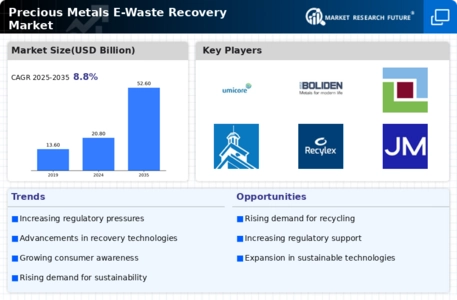

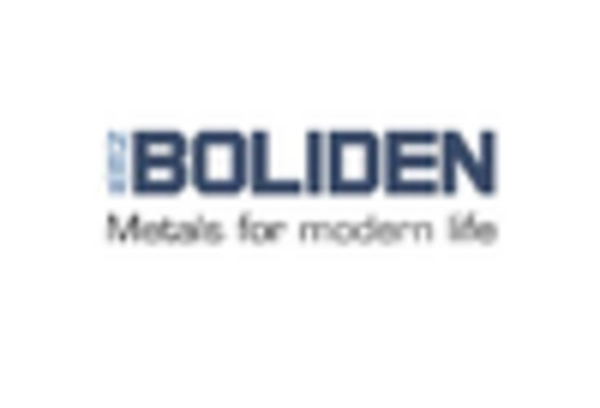
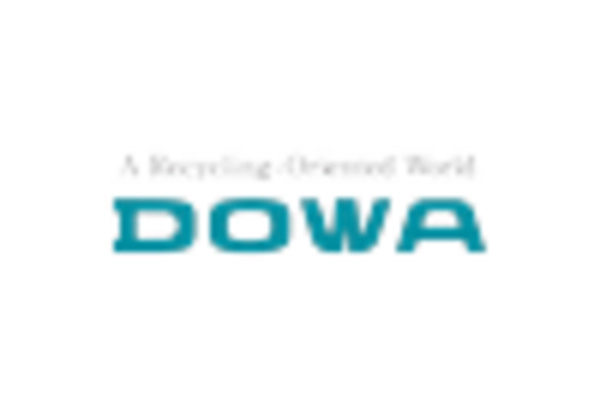


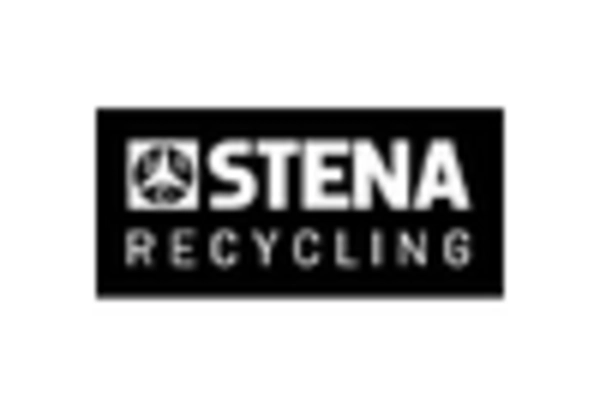
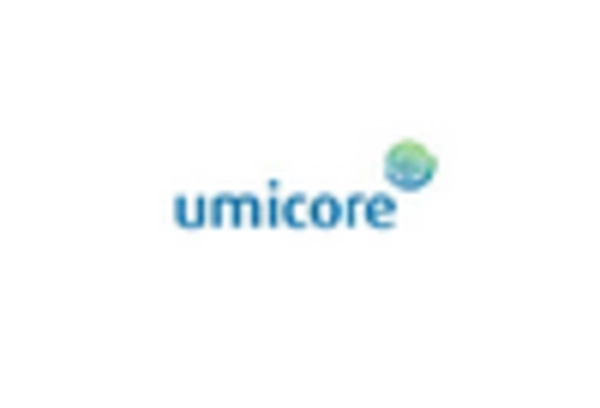








Leave a Comment